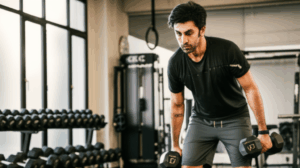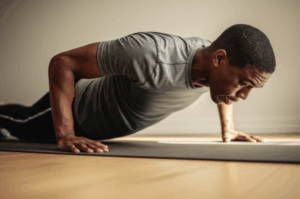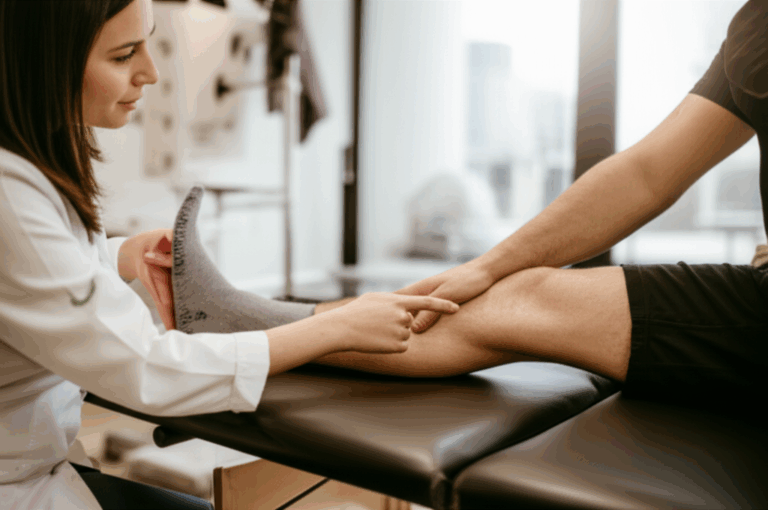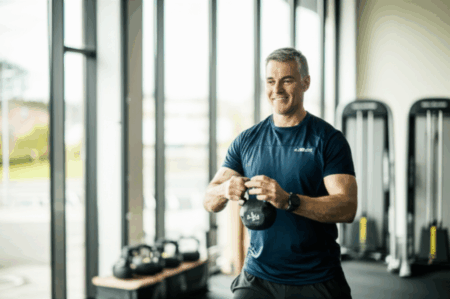A commitment to a healthy lifestyle often conjures images of consistent, vigorous workouts and unhindered physical activity. But life, and often our bodies, have other plans. Injuries, whether sudden or chronic, can abruptly halt or severely restrict established workout routines, leading to frustration and a sense of setback. The true measure of a healthy lifestyle, however, lies in its flexibility—the ability to adapt and thrive even when injuries take their toll.
This article explores how to navigate the challenges of injuries, maintain overall well-being, and return to full function stronger than before by embracing adaptation in your fitness journey.
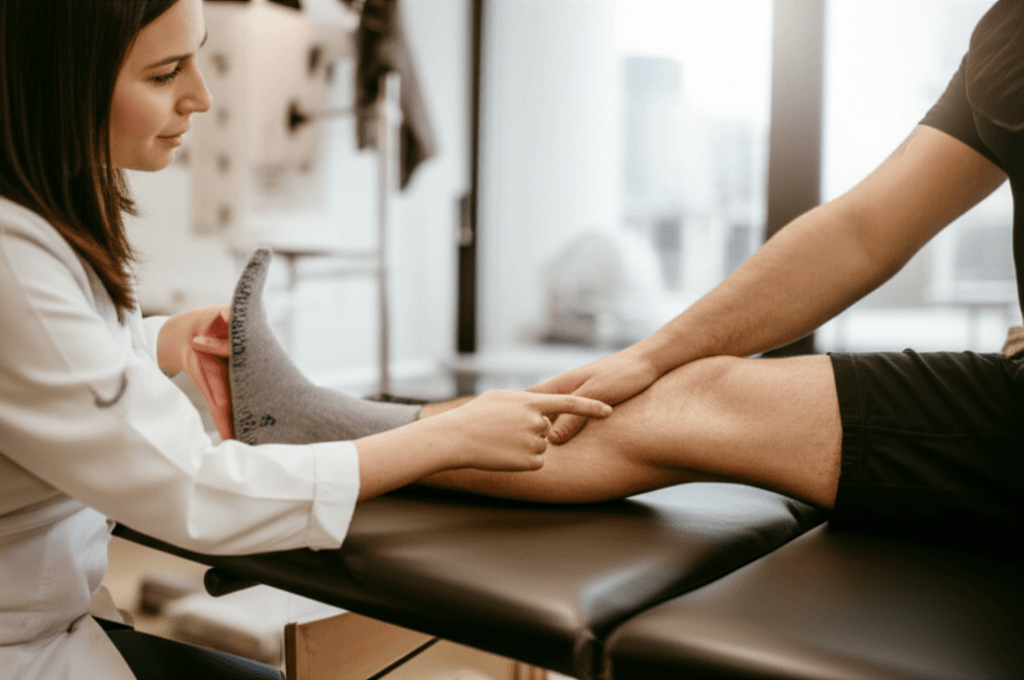
Understanding Common Workout Injuries and Initial Responses
Workout injuries are a common occurrence, affecting individuals across all fitness levels. Common types include muscle pulls and strains, sprained ankles, shoulder and knee injuries, shin splints, tendinitis, wrist sprains, and lower back pain. These can stem from overuse, improper form, or sudden impacts.
Upon sustaining an injury, the immediate response is crucial for effective recovery. The well-known R.I.C.E. method (Rest, Ice, Compression, and Elevation) remains a common initial protocol for musculoskeletal injuries like sprains, strains, and contusions.
- Rest: Avoiding use of the injured area is important, but complete or prolonged rest isn’t always recommended. Movement should be gradually increased as pain allows.
- Ice: Applying ice packs can help reduce pain and control swelling in the first 8 to 48 hours after injury. However, prolonged icing might interrupt the healing process.
- Compression: Wrapping the injured area with an elastic bandage helps decrease swelling and provides support.
- Elevation: Raising the injured body part above heart level aids in reducing swelling.
While R.I.C.E. offers immediate relief, healthcare providers now suggest a nuanced approach, sometimes recommending guided movements as recovery progresses. Consulting a healthcare professional, such as a doctor or physical therapist, is paramount to accurately diagnose the injury and develop a tailored recovery plan.

Adapting Your Exercise Routine During Recovery
The adage “adapt, don’t stop” is particularly relevant when navigating an injury. Rather than ceasing all physical activity, the focus shifts to modifying your routine to support healing and maintain fitness.
Embracing Low-Impact and Cross-Training Options
Low-impact exercises significantly reduce stress on joints while still providing a challenging workout, making them ideal during injury recovery or as a cross-training option.
- Swimming and Aqua Running: The buoyancy of water reduces body weight stress, making swimming and aqua running excellent full-body, low-impact workouts suitable for most injuries. If you have a leg injury, you can use a float to focus on upper body work, and vice versa.
- Cycling: Stationary bikes or outdoor cycling (if safe for the injury) offer a good cardiovascular workout with minimal joint impact. Recumbent bikes are particularly good for knee or leg injuries.
- Walking: A simple yet effective exercise, walking is easy on the joints and can improve flexibility, circulation, and mood.
- Elliptical Training: This machine provides a low-impact cardio workout that mimics walking or running motions without the stress on the knees.
- Rowing: Rowing machines offer a total body strength and cardio workout while being non-weight-bearing.
- Yoga and Pilates: These practices enhance flexibility, balance, and core strength through gentle stretches and controlled movements, often with modifications for various abilities.
- Tai Chi: This graceful martial art focuses on slow, flowing movements and deep breathing, improving balance, reducing stress, and gently strengthening muscles and joints.
- Strength Training Modifications: Depending on the injury, bodyweight exercises, resistance bands, cable machines, or light weights can be used to maintain strength without overloading the injured area. Focus on pain-free variations and consider working different muscle groups that are not affected by the injury.
Cross-training, by varying your activities, helps prevent overuse injuries and allows injured areas to heal while keeping other parts of your body active.

Fueling Your Recovery: The Role of Nutrition
Nutrition plays a crucial role in the healing process, supporting tissue repair, reducing inflammation, and maintaining overall health.
- Protein: Essential for repairing damaged tissues and preserving muscle mass, protein intake should be adequate and spread throughout the day. Lean meats, fish, poultry, eggs, dairy, and plant-based sources like lentils and tofu are excellent choices.
- Anti-inflammatory Foods: Incorporating foods rich in omega-3 fatty acids and antioxidants can help manage inflammation. Examples include fatty fish (salmon, tuna), berries, leafy greens, nuts, and seeds.
- Vitamins and Minerals:
- Vitamin C: Aids in collagen production and wound healing. Found in citrus fruits, strawberries, bell peppers, and broccoli.
- Zinc: Involved in nearly every stage of wound healing, found in beef, oysters, fortified cereals, and whole grains.
- Vitamin A: Promotes skin health and tissue repair, found in sweet potatoes, carrots, and leafy greens.
- Calcium and Vitamin D: Crucial for bone health, especially in bone injuries. Dairy products, leafy greens, and fortified foods provide calcium, while vitamin D aids calcium absorption.
- Complex Carbohydrates: Provide energy, allowing protein to be used for tissue repair. Focus on whole grains, fruits, and vegetables for fiber and nutrient benefits.
- Hydration: Staying well-hydrated is important for overall bodily functions and can aid in recovery by transporting nutrients.
Consulting a sports dietitian can help create a tailored nutrition plan for optimal healing.

Nurturing Your Mind: Mental Well-being During Injury Recovery
Physical injuries often come with a significant mental and emotional toll. Feelings of isolation, frustration, anxiety, depression, fear of re-injury, and even a loss of identity are common, particularly for those whose lives are closely tied to physical activity. Poor mental health can negatively impact physical recovery rates.
Strategies for Mental Resilience
- Acknowledge and Process Emotions: It’s normal to experience feelings of denial, anger, sadness, or frustration. Recognizing and accepting these emotions is the first step toward managing them.
- Maintain Structure: Establishing a consistent daily routine, including scheduled physical therapy and rest, can provide a sense of control and stability.
- Set Realistic Goals: Break down the recovery process into small, achievable goals. Celebrating milestones, no matter how small, can boost motivation.
- Visualize Recovery: Mental imagery, such as visualizing yourself performing activities pain-free, can stimulate brain regions involved in those actions and aid in recovery.
- Build a Support Network: Openly communicate your feelings and concerns with family, friends, coaches, and medical teams. Accepting help and support is crucial.
- Practice Stress Coping Skills: Engage in calming activities like journaling, mindfulness, meditation, or reading to manage stress, which can exacerbate pain.
- Seek Professional Help: If feelings of depression, anxiety, or PTSD persist, consider consulting a psychologist or mental health clinician.
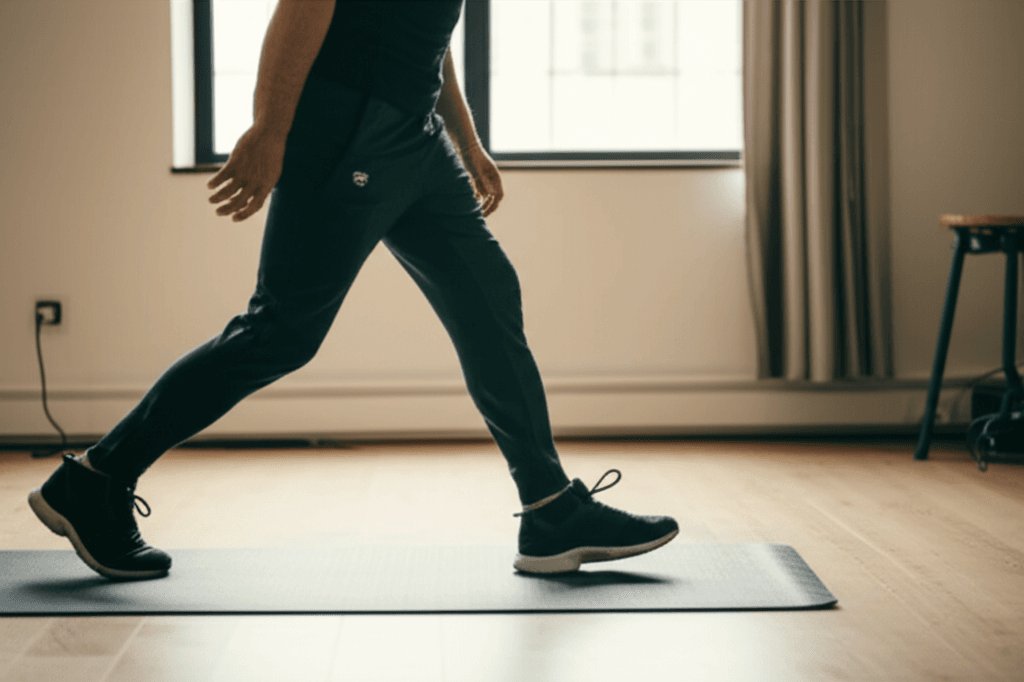
The Gradual Return to Activity
Returning to full activity after an injury requires patience and a systematic approach to prevent re-injury and ensure lasting recovery.
- Consult Professionals: Always get approval from your healthcare provider or physical therapist before resuming exercise. They can provide a safe and effective plan tailored to your injury.
- Start Slowly and Progress Gradually: A common guideline is to begin at approximately 50% of your pre-injury “normal” level and increase intensity, duration, or frequency by only 10% to 15% each week, provided symptoms do not flare up. For example, if you ran 5 miles, start with walking 2.5 miles.
- Listen to Your Body: Differentiate between normal discomfort and pain. If pain is severe or lasts for an hour or more after exercise, it’s a sign to scale back.
- Prioritize Flexibility and Mobility: After a period of rest or reduced activity, muscles and joints may be tight. Incorporate stretching and mobility exercises to restore range of motion and prevent further injury.
- Don’t Rush the Process: The time it takes to return to your previous fitness level can be twice as long as the time you were sidelined. Pushing too hard, too soon, can lead to setbacks.
Maintaining a healthy lifestyle despite injuries is about embracing adaptability. By understanding the immediate steps for injury care, creatively modifying your exercise routine, optimizing your nutrition, and prioritizing mental well-being, you can not only recover effectively but also build a more resilient and flexible approach to your overall health journey.

